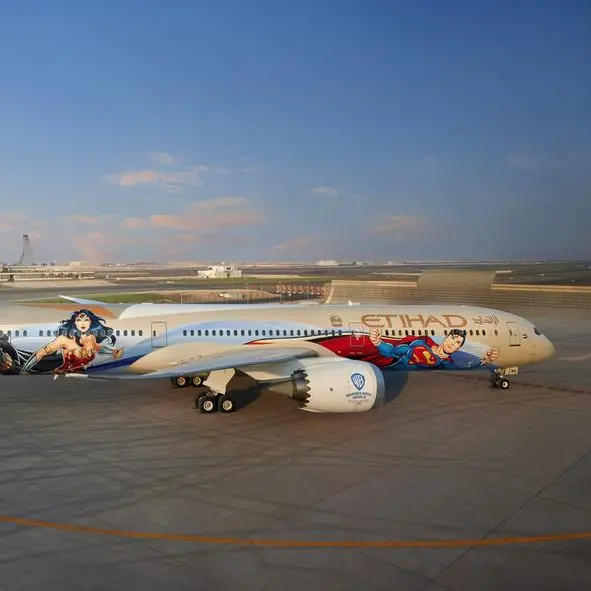PHOTO
Dubai International has claimed the top spot in total air connectivity rankings for 2022, beating out Doha, Tokyo, and Singapore, in the Middle East and Asia-Pacific regions, according to a new report.
Findings of the latest Airport Connectivity Report, released by the Airports Council International (ACI) Asia-Pacific and Middle East, and developed in partnership with PwC, further revealed that the aviation sector in the Middle East surpassed pre-pandemic highs to report a 26% rise in total air connectivity in 2022, generating $260 billion (9.5% of the GDP) over this period, while employing 4.6 million.
Low-cost carriers in the Middle East were seen as key drivers to this growth in the aviation sector, coupled with a rise in middle-sized airports such as Riyadh’s King Khalid International and Doha’s Hamad International Airport, which came in second on the air connectivity index.
The preliminary findings for 2023 also sees Dubai lead the rankings, with Doha retaining its position as second on the list, while South Korea’s Incheon Airport replaces Tokyo’s Haneda Airport.
The report, which coincided with the opening of the Riyadh office of the airport trade association, also measured the ability of passengers to access the global air transport network, capturing both direct and indirect routes, while also factoring in the quality of service of each connection that contributed to the overall passenger experience.
Mideast growth
Dubai Airports has maintained a steadfast growth this year, with traffic for H1 2023 crossing pre-pandemic levels to hit 41.3 million passengers, according to the authority, recording a 49% growth over the same period in 2022.
Dubai International also raised its passenger traffic forecast for the year from 83.6 million to 85 million, just shy of the annual traffic levels reached by the airport in 2019, as it expects record-breaking numbers during the winter season.
Dubai isn’t the only airport in the region anticipating growth. In recent years, Saudi Arabia has been heavily investing in its aviation sector by focusing on infrastructure, greater connectivity and the launch of a new airline, Riyadh Air, in 2025. This has reflected in Riyadh’s King Khalid International posting a recovery of more than 75% in 2022, according to the report.
Recent numbers released by Riyadh Airports Company saw King Khalid International witness the passage of 7.3 million passengers during the second quarter of 2023, compared to 7.1 million passengers during the same period in 2019. The average daily number of passengers also increased to more than 80,000 passengers during the second quarter of this year against 78,000 passengers in Q2 2019.
Doha’s Hamad International Airport also experienced a 33.5% increase in passenger traffic in the first half of 2023, welcoming over 20 million passengers to the facility. The airport has also embarked on its expansion journey, initiated in 2023, which is set to significantly increase capacity to over 70 million passengers annually.
Cost of travel
Yet, even as airports in the region continue to perform well, the rise in cost poses a threat to recovery. According to findings, the cost of travel from the selected 100 airports surveyed had increased by nearly 50% across the Middle East and Asia-Pacific, threatening the recovery of the industry, based on airfares.
Nearly 70 out of the selected 100 airports experienced a decrease in airfare affordability, which correlated with the airports’ decrease in available flights, routes, and seat capacities. As measured by average airfare in relation to per-capita income, air transport became 34% less affordable across the two regions.
The Asia-Pacific region also saw a decline in air connectivity by 38% in 2022, with several key factors contributing to the fall, including extended travel restrictions due to COVID-19, led by China, along with limitations on air traffic rights, constraints on airport slots, rising airfares, economic downturns, and geopolitical tensions.
The report recommended measures to improve air connectivity in the two regions by increasing seat capacity, recovering, and developing routes, and pursuing reasonable pricing policies. Other suggestions included reducing visa restrictions to facilitate international travel, modernising the slot allocation system, and opening the market to more competition.
(Writing by Bindu Rai, editing by Seban Scaria)












